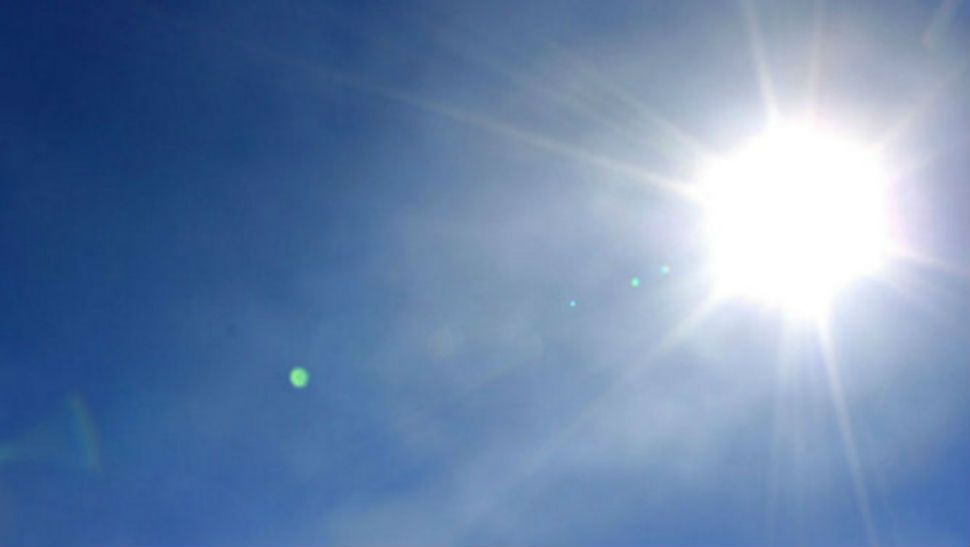ORLANDO, Fla. — Meteorological fall (September 1 through November 30) finished as one of the driest and warmest falls on record for Central Florida.
- MORE: Spectrum News 13 Weather Experts Blog
- RELATED STORY: It's Fall — So Why Has It Been So Warm?
Of course, the winter solstice is on December 21 at 5:23 p.m., but meteorologically speaking, winter unofficially kicks off on December 1 and runs through the end of February.
Areas of high pressure dominated our weather in Central Florida for most of the fall. This kept the cold fronts out while the heat and humidity stuck around.
Melbourne had both its driest and warmest fall on record. Melbourne finished more than 11 inches drier than average and more than 3 degrees warmer than average. This year tied fall 2015 for the warmest on record.
Sanford had its second warmest fall on record with temperatures more than 2 degrees warmer than average and the fifth driest on record.
Here’s how all the numbers stack up for each of the official observation sites in Central Florida.
Fall 2018 Temperatures and Ranks
CITY AVG 2018 FALL TEMP RANK
Melbourne 78.4° (+3.2°) Warmest on Record (tied with 2015)
Orlando 77.1° (+2.1°) 4th Warmest
Sanford 77.2° (+2.3°) 2nd Warmest
Daytona Beach 75.8° (+2.4°) 4th Warmest
Fall 2018 Rainfall and Ranks
CITY 2018 FALL RAINFALL RANK
Melbourne 4.06” (-11.52”) *Driest on Record*
Sanford 5.92” (-6.46”) 5th Driest
Orlando 6.36” (-5.18”) 9th Driest
Daytona Beach 10.04”(-3.82”) 24th Driest on Record
**Records for Orlando go back to 1892, 1940 in Melbourne, 1945 for Sanford and 1937 in Daytona Beach.**



